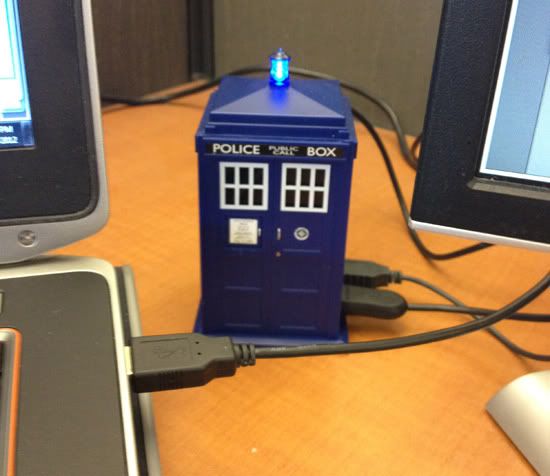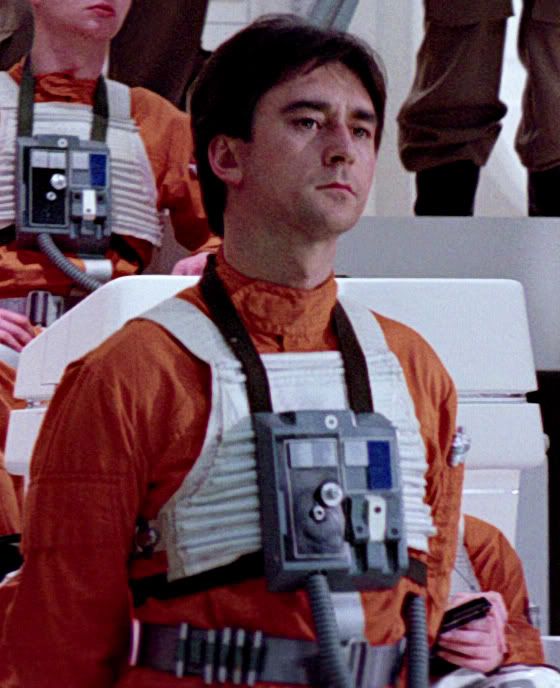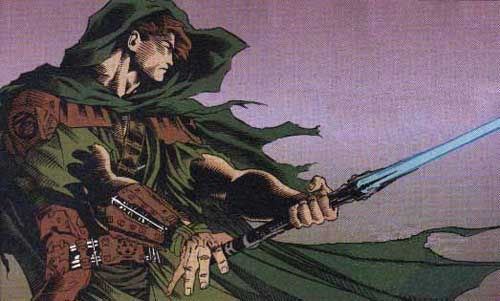Endings are tricky things. It can be difficult to tie up loose ends, wrap up character arcs, and bring the lines of the plot to a satisfying conclusion. It’s as true for romantic comedies as it is for war stories, though the latter tends to be more harrowing and bittersweet in the end result. And make no mistake. Mass Effect 3 is a war story.
As an aside, I will maintain my usual policy of avoiding spoilers in the review, which is difficult in this case because the controversial ending of Mass Effect 3 has an effect on the game as a whole, but I can’t discuss it without spoiling things. I will do my best.
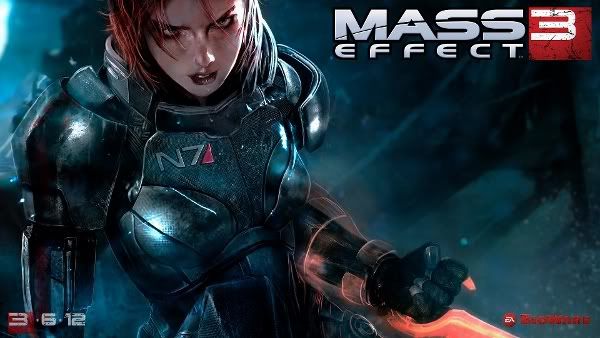
In the 6 months since the events of Mass Effect 2‘s Arrival DLC, Commander Shepard has been under house arrest on Earth. Finally brought before Alliance Command, it turns out they suddenly believe Shepard’s story about the Reapers. That’s because the Reapers invade Earth. The race of sentient murderous machines have begun a unilateral campaign of annihilation across the galaxy, and as much as Shepard would like to stay on Earth to fight, the Normandy is instead sent out to get help. And with an enemy as numerous and implacable as the Reapers, they’ll need all the help they can get.
The theme of war and an impending sense of doom hang over Mass Effect 3 like a dark shroud. The Reapers are everywhere. Even in the galaxy map, you can see them descending on system after system. Shepard has to deal with them as well as just about every friend and foe that’s been made over the course of the trilogy. This being the last game in the story, anybody who’s survived thus far is pretty much obligated to make an appearance. Thankfully, Mass Effect 3 continues the tradition of maintaining a coherent narrative in its character moments right down to incidental things like individual rescued colonists and well-meaning but overenthusiastic fans. It also looks even more polished and expressive than the previous titles, even if the pervasive lens flares get a bit irritating.
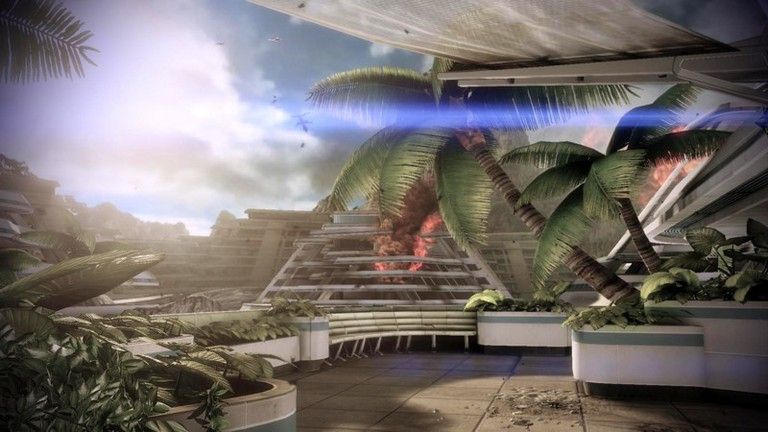
Actually it’s pretty mild in this shot.
The inventory and combat systems have been tweaked a bit, making things feel like a hybrid of both previous games. Shepard’s loadout is now based on weight rather than class, allowing you to customize your experience to some degree. You can load up an Infiltrator with a shotgun or a Vanguard with a sniper rifle, with the only price being an increased recharge time for your powers. Returning from the first Mass Effect are weapon mods, this time handled in their own interface rather than being buried somewhere in the general inventory system. Procurement, upgrades, and customization are all done in one place, with separate interfaces for each, making these decisions easy and actually interesting instead of the tedious chore they were in the first game.
As for combat, we continue to handle our differences in opinion in a succession of corridors full of chest-high walls. The reintroduction of grenades, however, encourages us to move around the battlefield and keep the pace and tension high. Enemies will also employ special tactics against you, such as setting up turrets, siphoning health from nearby friendlies, and approaching cautiously behind riot shields. Your powers remain satisfying to use in response, for both you and your squadmates. It bears mentioning, though, that having one button for taking cover and picking up items and using environmental highlights and just about everything else can be frustrating when you meant to take cover but wind up trying to hack a terminal while angry enemy warriors use your N7 logo as a bulls-eye.
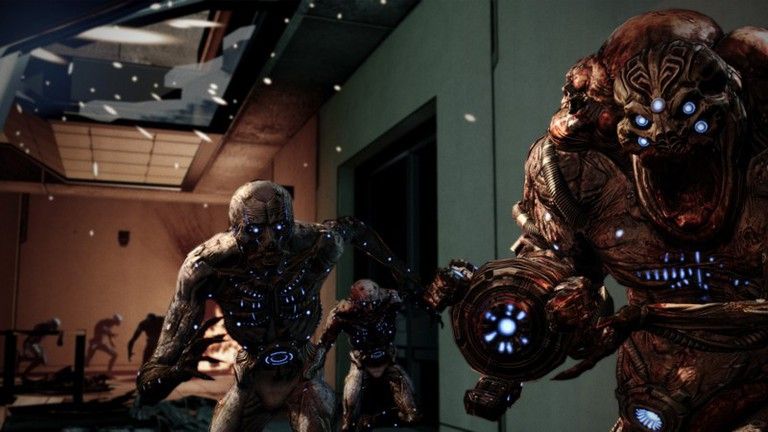
“My momma says I’m pretty.”
The scanning mechanic of the previous game also makes a return, but it’s not quite as crap. The removal of resource-gathering, the reduced time to find a particular item, and the chance of getting chased down by angry Reapers actually makes it a bit fun to search for war assets. The purpose of scanning this time around is not to buy fancy upgrades but to bolster the war effort. Discovered assets and forged alliances can be viewed in the Normandy‘s war room, along with a ‘readiness rating’ that reflects participation in the multiplayer, iOS interactions, and possibly other aspects as well. The goal is to gather as much support and firepower as possible in order to, in theory, get the best ending.
While it’s to be expected that a war story is going to have all sorts of tragedy and noble death, it must be said that Mass Effect 3 does a great deal of it quite well. Despite some of the forced tragedy of the opening, some of the character moments are absolutely amazing. We get the feeling that things we’ve done in the previous games do, in fact, have lasting meaning. Characters we’ve come to know and love come out guns blazing, defending their ideals to the death and showing just how much influence one individual can have. These moments, combined with the smooth combat, improved world-map hunting, and some above-average dialog even by BioWare standards, had me absolutely adoring the Mass Effect 3 experience…
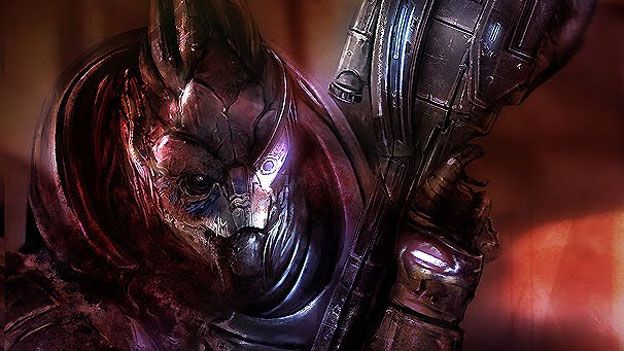
Wouldn’t be a story about Shepard without Garrus.
…right up until the ending. Which I will discuss tomorrow.
Stuff I Liked: The variety of weapons and the ability to try them out on Shepard no matter what your class. The diversity of the enemies that required tactical thinking to overcome. The revamped Normandy and the way crew members walked around it naturally instead of being stuck in one place constantly.
Stuff I Didn’t Like: The reduced number of conversation choices, while allowing things to move more quickly, felt a little off, as if choices were being made for me. The finicky use/cover button. So many lens flares. The occasional graphical glitch or clipping issue. And while I appreciated Kai Leng’s role as a villain, was it necessary to make him a space ninja?
Stuff I Loved: The tight focus on characters. The smartly-written dialog. The casual and progressive way in which the game handles same-sex relationships. The way every decision feels important, and the ways the game shows you the consequences of those decisions, until the ending begins.
Bottom Line: Mass Effect 3 is like going out to dinner with a bunch of old friends. You have some drinks, laugh about old times. The food is delicious and the company’s fantastic. It’s a deeply satisfying experience… and then, suddenly, your friends are gone, you’re stuck with the massive check, and something on your plate was undercooked and now you have food poisoning. The ending ruins what was otherwise a great gaming experience.

